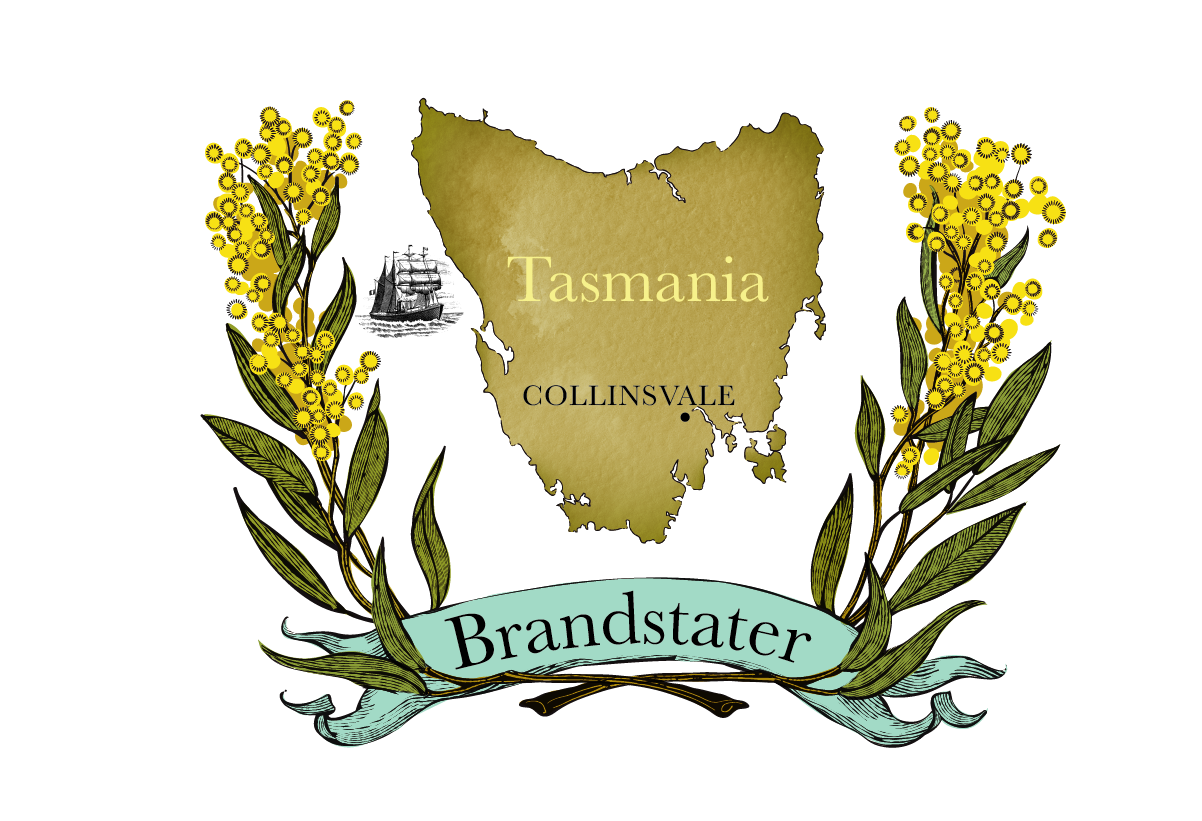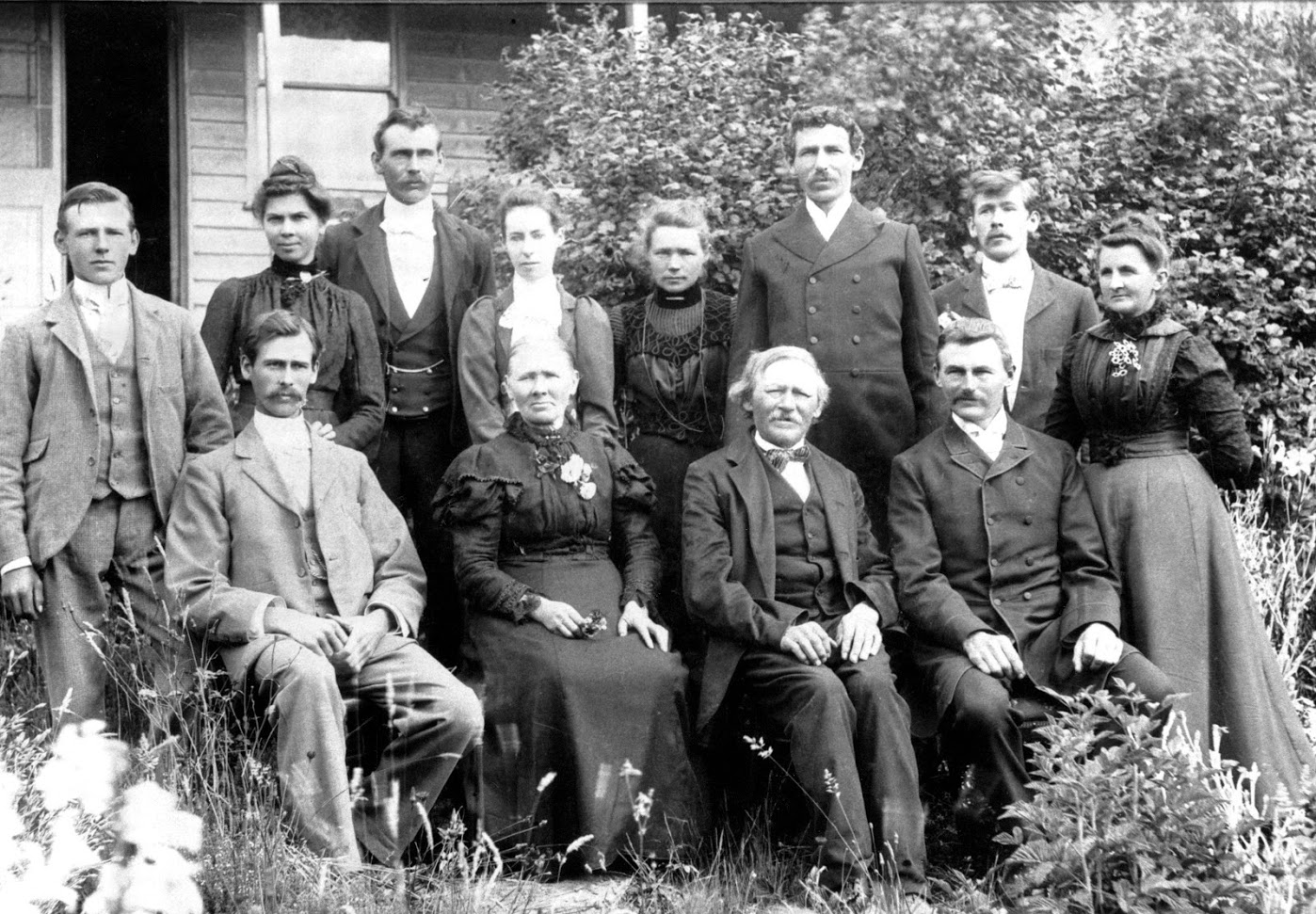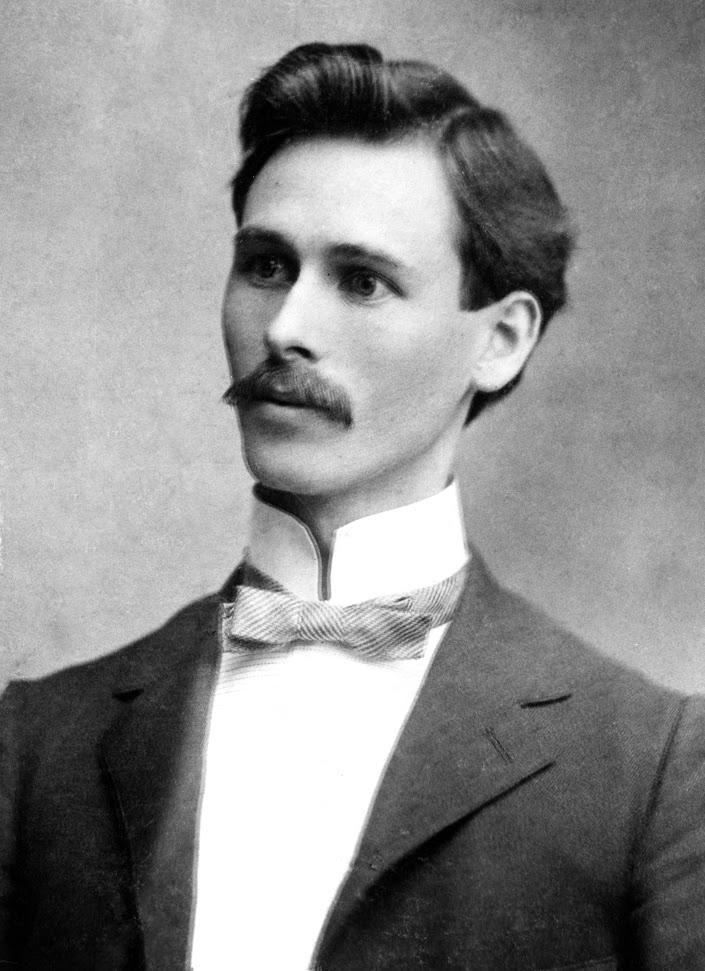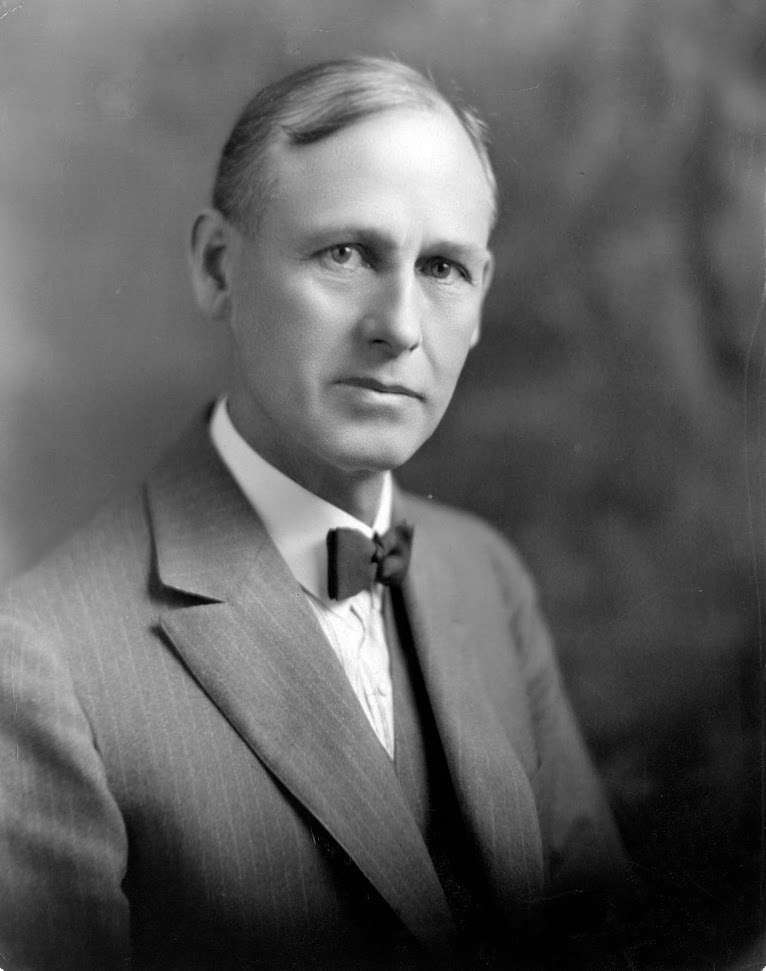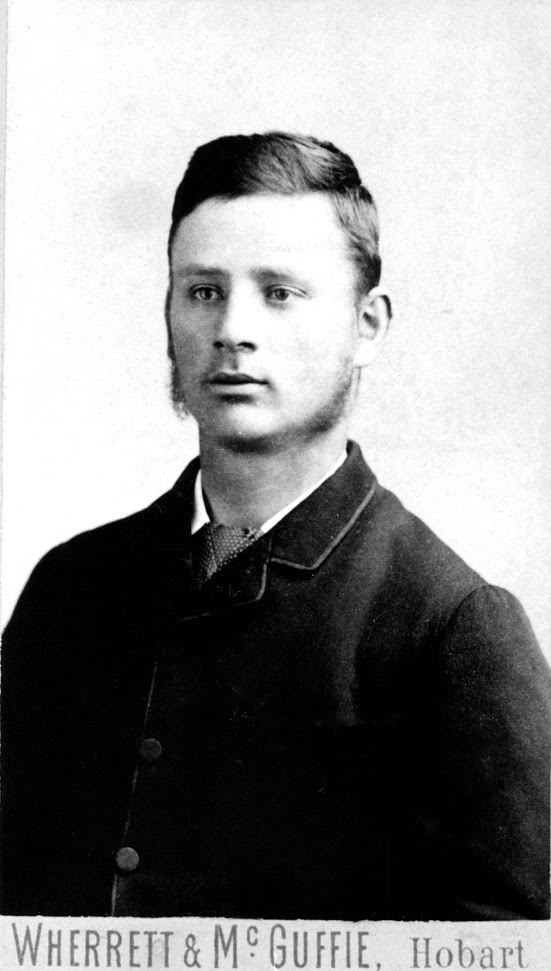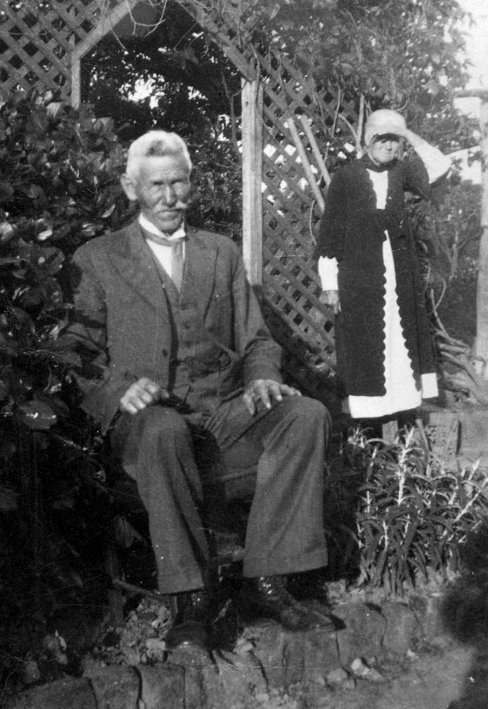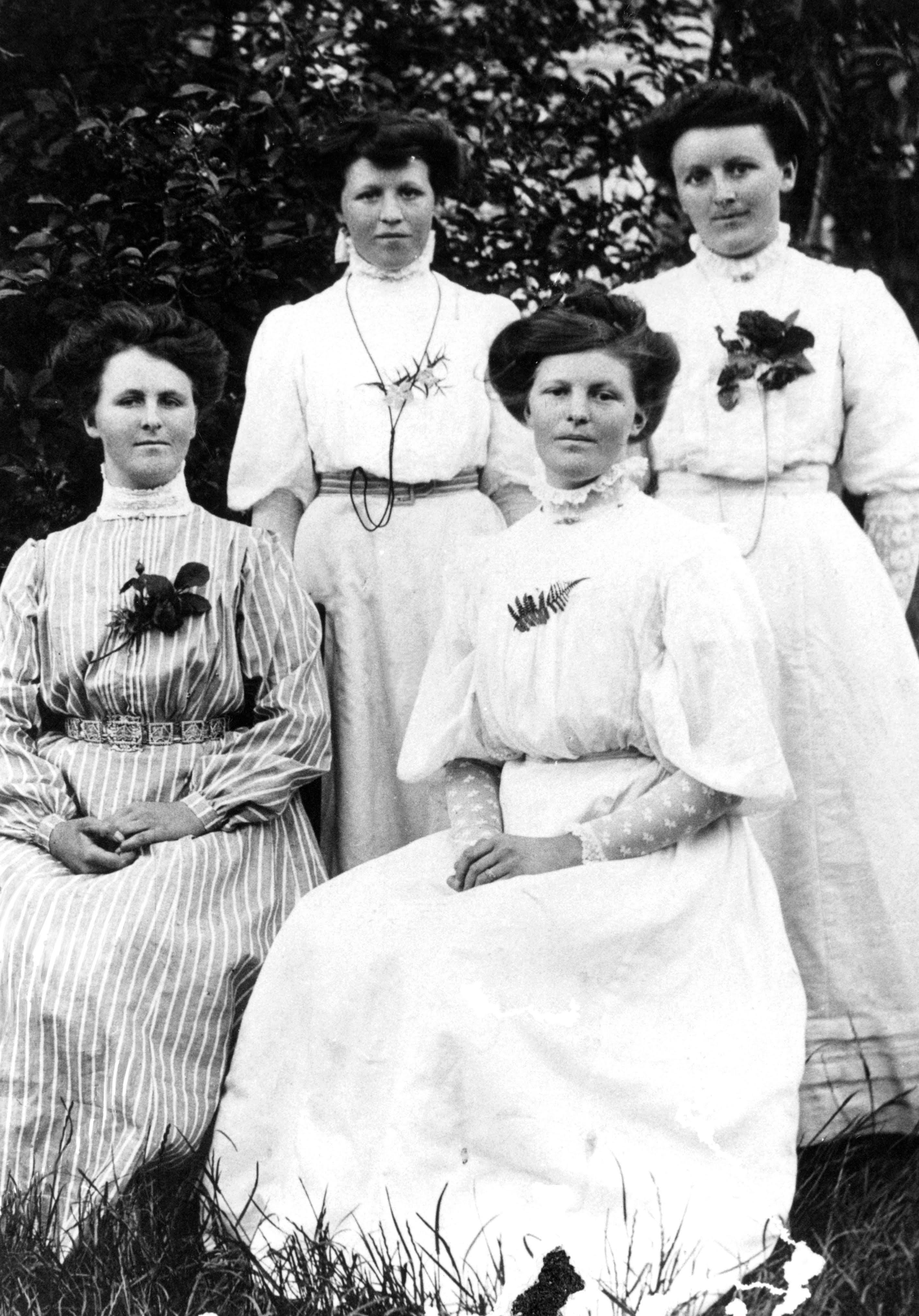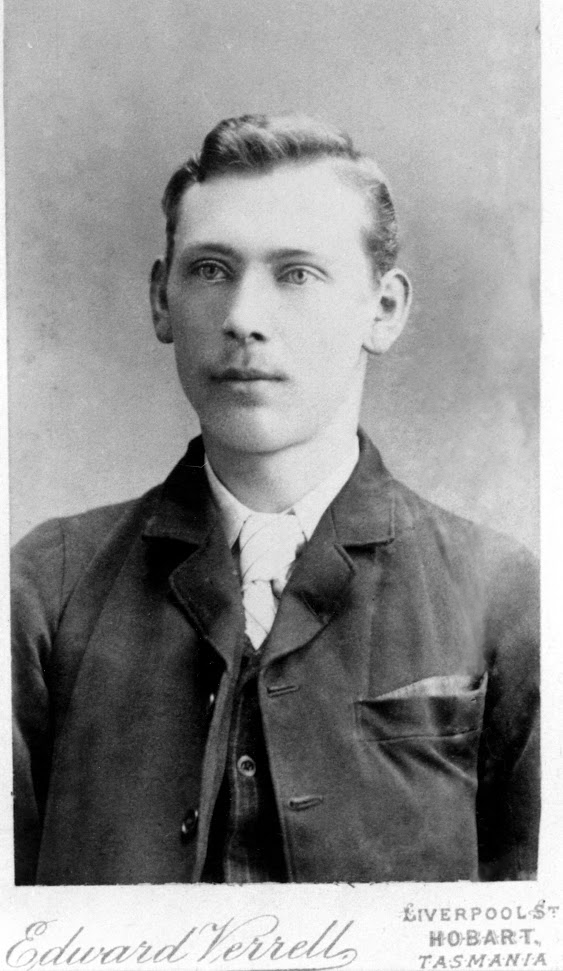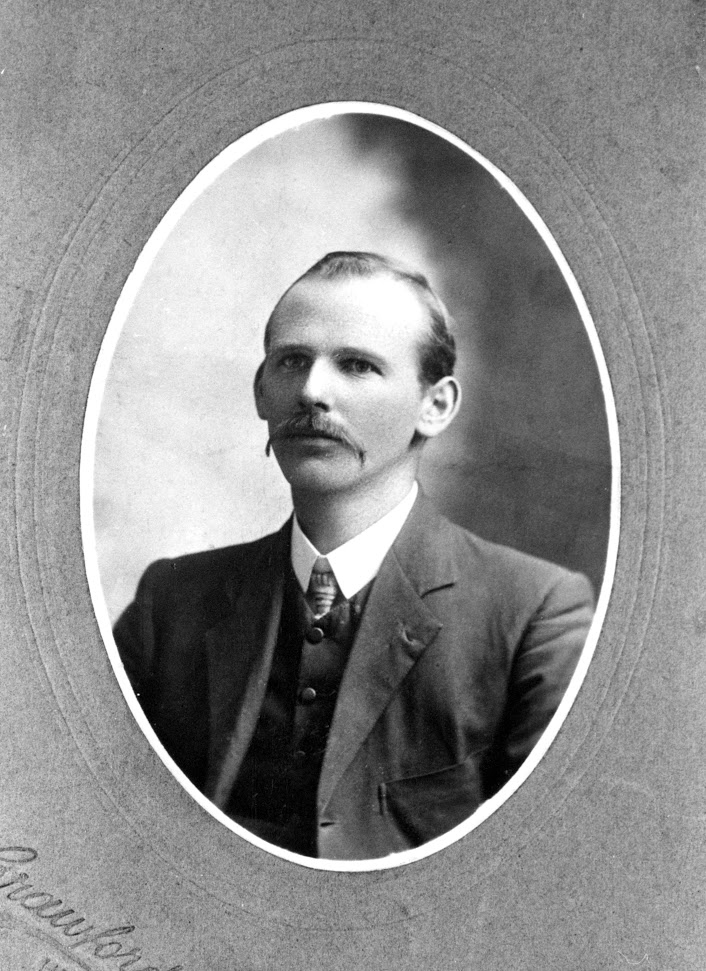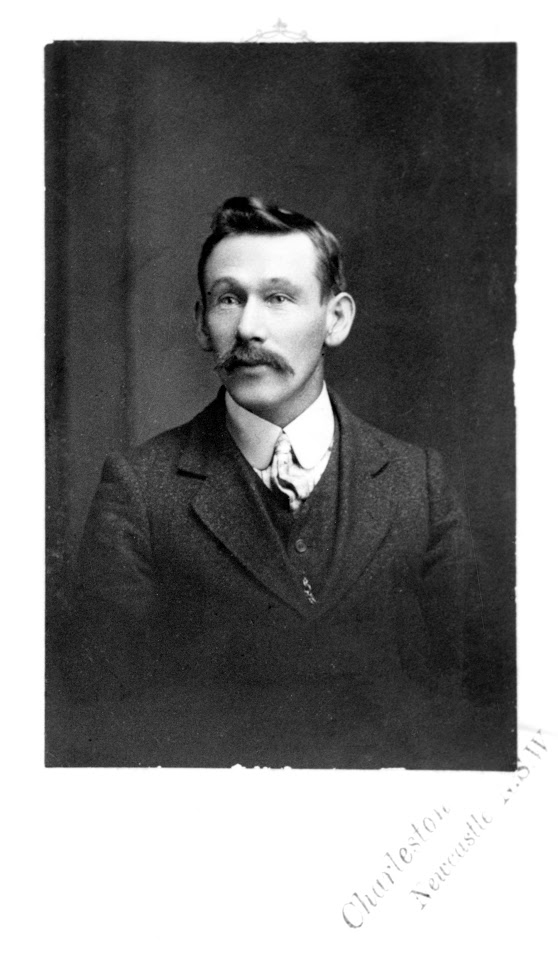Pastor Roy Brandstater was a pioneer Seventh-day Adventist preacher-evangelist in several country towns in Western Australia during the nineteen-twenties. He spent 1925 and 1926 in Manjimup, and fifty years later he wrote memoirs that recall some vivid pictures of those early years of church growth, and what a minister’s work was like in those days. He was especially proud of his first church building project, the church in Manjimup, completed when he was an inexperienced young minister, still single, fresh out of college. This article is an extract from his memoirs.
One of my earliest experiences after leaving Avondale College was being sent down to work in Manjimup in the southwest, the big timber country. There was already a small company of Adventist believers in Manjimup. The Clark family was well known, and Lewen Clark was a great help to me providing transport in his horse and sulky to outlying settlements. The Giblets were another fine pioneering Adventist family, and it was in their old homestead in Springdale that we used to hold Sabbath services. A grand old place it was, built of unfinished split lumbar planks, and with little more than the bare necessities for human habitation. Thirty miles away in the forest was another small Adventist group, amongst who were the Scott family. The distinctive beliefs and worship style of these people were well known in the district. When they cut a road through the forest to simplify their travel into Manjimup to attend Sabbath services on Saturday, the local people named it SEVEN DAY ROAD, and the name remains to this day. All these believers in the district traced their religious loyalties back to the early pioneer preaching of Inkster and Pallant, many years before.
As a young minister just out of college, I was expected to take care of this company of believers. But in those years our watch cry was evangelism. My special assignment was to do evangelistic work amongst the Group Settlers. These were English immigrants who were brought out by the thousand by the
Western Australian Government after World War I, with the goal of opening up the rich, well-watered, heavily timbered country of the southwest. When the settlers arrived from England, where most of them had never seen a cow or a horse, they were brought from Perth by truck. Each family was given one hundred and fifty acres of land and a galvanized iron shack to live in, just a crude temporary affair. A “group” consisted of twenty of these shacks, built in a clearing hacked out of the forest, with an Australian man appointed as group foreman. Throughout that country, for many, many miles, there were hundreds of such group settlements.
For all these settlers one thing was missing: any formal arrangement for worship or church attendance. The Conference office in Perth had sent out thousands of copies of the “Signs of the Times”, almost flooding the groups with our magazine. After all this effort and expense, our church leaders felt that it was time to send someone to personally work among these people. And I was the man they sent. It was a challenge for me, with no one to tell me how to begin.
At first I boarded with the Clark family. The very first group I went to, in Clark’s sulky, was Group No. 135, twelve miles out of Manjimup. All the shacks were placed around a huge jarrah tree. Beyond the shacks for miles was heavy forest country. I simply stood under the big tree, took out my trusty Avondale cornet, and played a few tunes. People stuck their heads out from shack doors all around. From one shack a fellow came with a cornet in his hand. He stood beside me and said: “I can play, too.” I pulled out a hymnbook, and soon we were playing fine duets together. Of course, children came and stood around, as they usually do. I told the people I would be having a meeting there every Sunday afternoon, and that they should come and bring their seats. There was no factory-made furniture, of course, just rough stools they made out of bush timber. I would arrive each week, and play a few tunes on my cornet. This was the signal, and the people would gather with their stools. I had a congregation ready-made. There were no other Sunday meetings or services, so I preached there for several months. Some of the people joined the church. The man who had played the cornet with me joined the church and his family too. Their name was Noble, and they lived up to their name. Later he used to come into Manjimup to serve as solo cornetlst in the local town band, after the townspeople had invited me to be its conductor.
Scattered amongst the group settlements there were a few large timber mills. Each mill was really a large community in itself, with a hundred or more houses for the workers. Each mill would have a community hall which was available free to any minister in turn. I decided it would be a good idea to hold some meetings in a large mill just beyond the group I had been working with. I made the necessary arrangements by going to see the Church of England minister in Manjimup, saying: “I want to hold some meetings in Number One Mill”. He replied: “That’s frightful!” But I wasn’t going to be put off, and said: “Well, now I have made the arrangements, and I’ll be there next Sunday night to take my turn.”
Of course, he didn’t want a Seventh-day Adventist to go there to preach, but under the existing rules he could not stop me. By that time I had a horse of my own and I would ride out there each Sunday evening, arriving at five o’clock or a little later. There I’d stand on the steps of the hall, with the hundred or so houses below, and I’d begin to play on the cornet. The meeting had been announced already by a public notice. When they heard the cornet the people would come up the hill and would fill that hall. Then I’d preach to them. It was a good arrangement as I always had a good congregation. The trouble was I was young and inexperienced, and hardly knew how to cope with the success. So many people came. Perhaps if I had had another man to help me we could have built up a more lasting interest and a permanent company.
Meanwhile the church group in Manjimup was growing. We had continued to meet in the old Giblet homestead in Springdale. But I thought we ought to have a church, and that we should go ahead and build it. The members were not convinced. They said: “Oh, we’ve been meeting here at Springdale for
twenty-two years, since the Message first came to us. We can meet here until the Lord comes. It won’t be long.” I told them in no uncertain terms what I thought: “More disgrace to you! I think we ought to have a church.” By this time I had hired a hall for services on Sabbath and there were more people attending regularly.
We already had a piece of land in the heart of town given to us by the government. I preached to the congregation pretty strongly on Sabbath on the need for a church and made an appeal to them. None of us had much money. I hadn’t much because I was getting only about four pounds a week. But I said, “I’ll give five pounds towards the church. Would anyone else like to give five or ten pounds?” Someone else gave five, then another also gave. Soon we had a hundred pounds promised, and written on the chalkboard, towards the cost of the church. That was a lot of money from our little group.
Brother Scott from thirty miles away down Seven Day Road said: “I haven’t any money, but I’ve got plenty of timber on my property. You can have it. It’s all standing up in the trees, but you can have it.” We started from there. Scott wanted to build a new house, and he said: “How about rigging up a sawmill? Then we can cut the timber, enough for the church, and my new house too.” And that’s what we did. Brother Escreet worked with us. He had retired from Avondale and had come to be with his daughter, Rose who had married Tom Scott. We had an old Fordson tractor to drive the saw. We rigged up a bench, and cut enough timber right there in the bush. My timber cutting and milling experience in old Colllnsvale stood me in good stead. With the timber all sawn, Jack Scott dragged it up by bullock team the full thirty miles to the church site in Manjlmup. And there it lay, waiting for the next move.
There were some stumps on the church property that had to be blasted out, so I got some gelignite to do the job. I put the stuff in some of the old stumps and it worked well. But it’s not an exact science, and in one I put a little too much. It went off with a bang you wouldn’t forget. Half the stump flew away in the air, and a large piece of it came hurtling down on a neighboring house and crashed clear through the roof. Luckily it was easily mended and no one was hurt.
When the land was cleared there was no one to actually do the building. Miles away at Pemberton there was an Adventist builder, but every time we tried to get him he was busy with other Jobs. At last I grew desperate, with all that good cut timber lying there, and no building going on. So I went to a contractor in town and asked for his help. He couldn’t do the job for us because he had no time. I told him if he would show me the moves I would build it myself, with whatever other help I could find. He agreed, came out to the site, and helped me mark it out: sixty feet long and twenty-five feet wide. I put down the foundation blocks, and laid the bearers and the joists, all by myself. Then I framed the walls, and asked Fred Fairall and one or two other members to come and help me raise them. We lifted them into place, plumbed them, and added the roof.
Those days I was handy with plumbing, thanks to doing a lot of it while working at Avondale, so I had no trouble making the water tank. Church members lent a hand when they could. We built our own baptismal font, bricked out by the Fairalls. We also built an extra room on the back of the church. Brother Escreet came and helped us make our own seats. We built the whole church, outside and inside, for the hundred pounds we had raised. It was the first Seventh-day Adventist church in the whole area, and was free of debt.
Comments by Bernard Brandstater:
In 1978 I rented a car in Perth and drove my parents, Roy and Frances, back to some of their old haunts in the south west of Western Australia. They were overwhelmed by the size and splendor of the new cream brick church in Manjimup. But their hearts were in the past. With help from others we found our way out to the old Springdale homestead where they had worshipped with the early believers. It still stands, a recognized historical monument to-day, because it is genuine pioneer construction, and few homesteads like it now remain. A host of memories came flooding back, of their meetings, their Bible studies, and the fragrant fresh bread the Giblets used to bake out in the yard in the brick oven, long since fallen into disrepair.
But it was the old church that was closest to Roy’s heart. He led us straight to it as if the fifty years had been but a moment. It is a modest wooden building by to-day’s standards, but in good repair, and painted in shades of brown. Father was relieved to know it was still standing, and still used for the worship of God, nowadays by a Baptist congregation. Because it was midweek, and our visit was hurried, we could not wait to meet with the worshippers. But we felt a love and kinship with them that they could never know or suspect. Roy examined the church minutely. He ran his hands tenderly over the rough sawn timbers he had helped cut down on Scott’s property in the forest. He caressed the window frames, and hauled himself up to snatch quick glances into the dim interior. It seemed to be just as he had left it. He said to me: “.May God bless these good people! No man can have greater joy than seeing his work live on after him.”
Comments by Murray Brandstater:
I visited Manjimup in 2008 with my sister Lynette and my wife Karen. We found the original church built by our father 86 years ago. It is still standing and is now recognized by the city as a local historical landmark. The Baptist congregation bought the property some years ago and built a large new church at the back of the old building, fronting on to the next street. The old SDA church is now used regularly for Sunday School services for children. We were able to inspect the interior through the help of a local member of the church and we had the opportunity for a thorough inspection inside and out. We were impressed with the building’s construction, simple, plain and unembellished, but functional, a classic 60 by 25 feet meeting hall. Its structure appeared solid and ready to stand for another 100 years.

